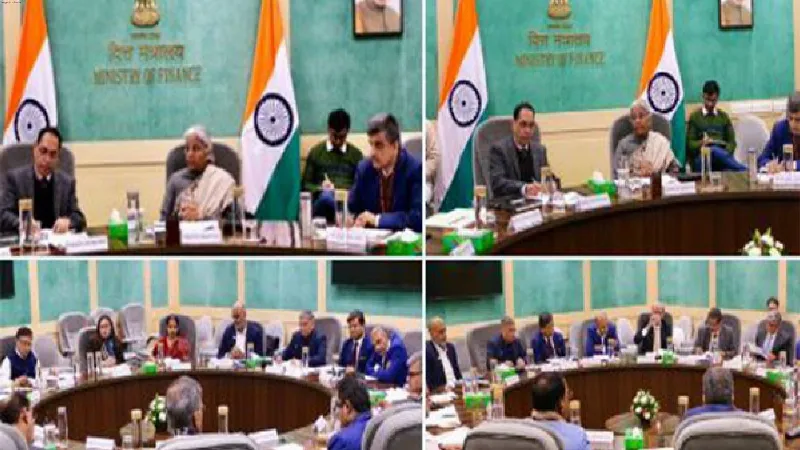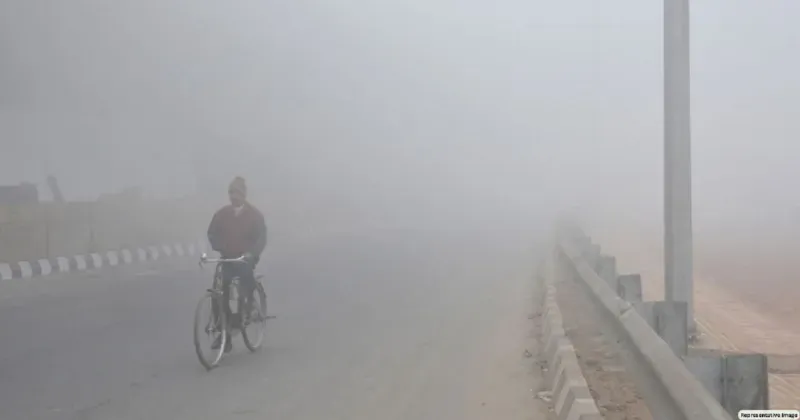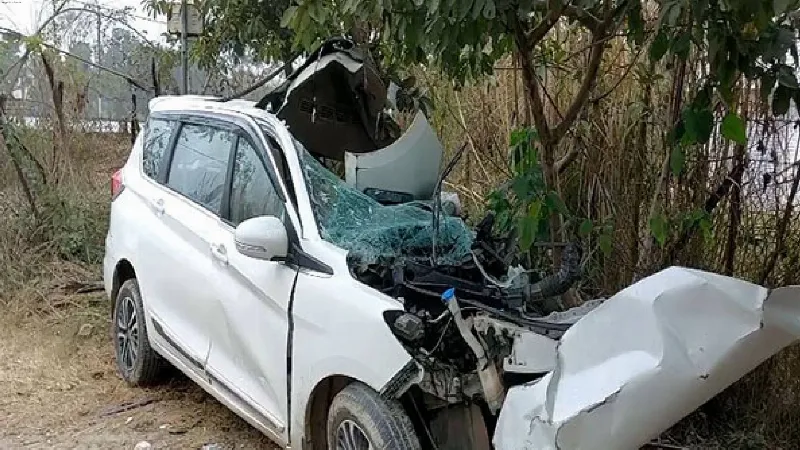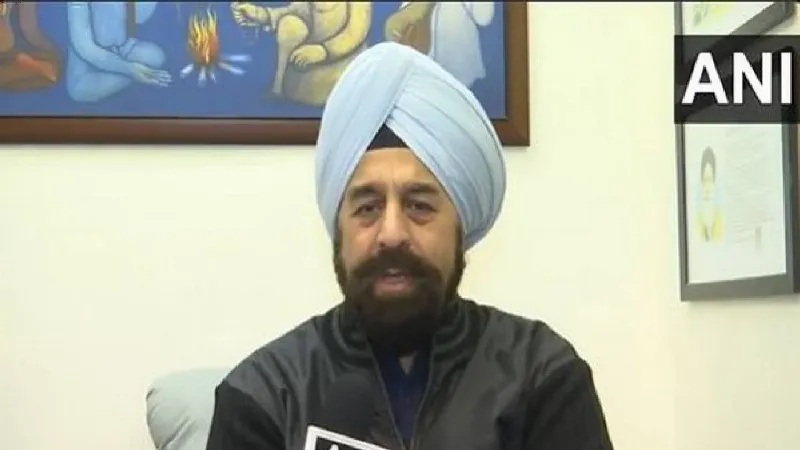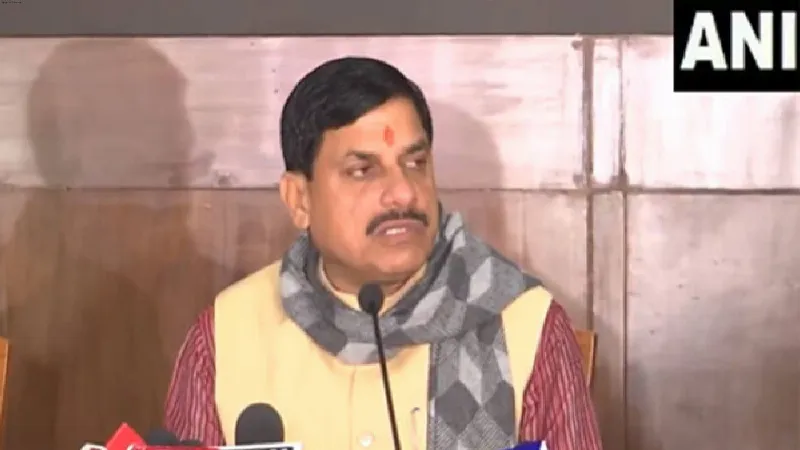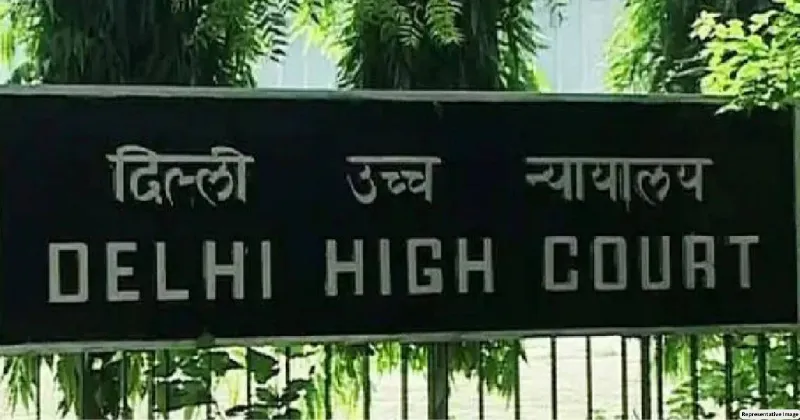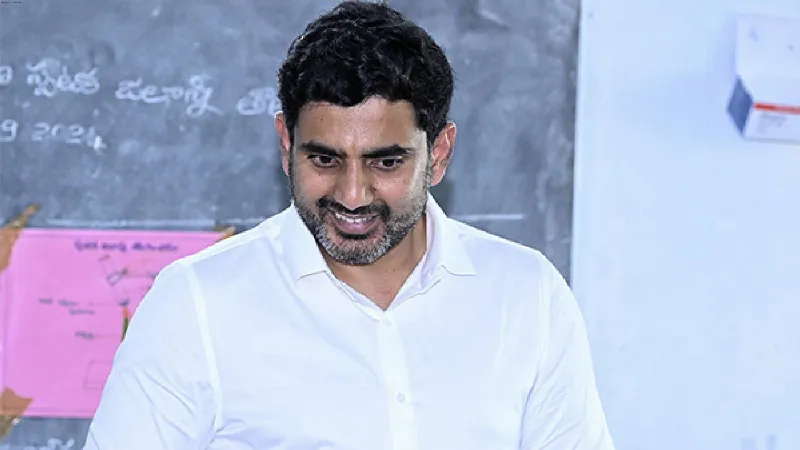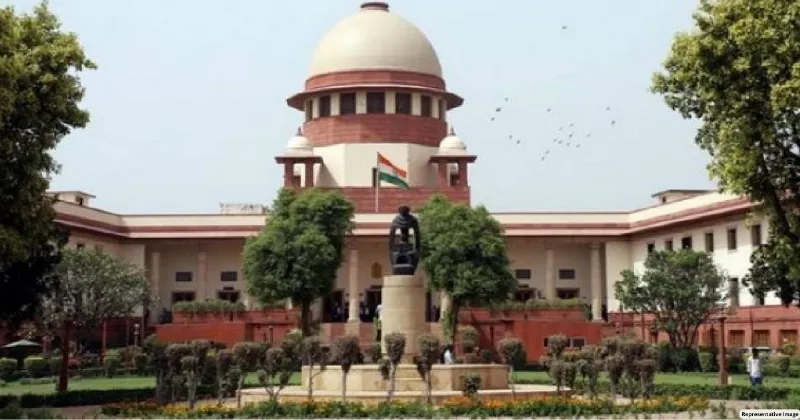J-K administration to set up Emergency Operation Centers in 20 districts

Budgam: The Jammu and Kashmir's administration has decided to set up state-of-art Emergency Operation Centers (EOC) in all 20 districts to minimize the damage caused by natural disasters as it falls in earthquake zone 1V and V and is highly prone to flood damage, according to a government statement.
The process of construction of the EOC has been started in Budgam district which will have a complete disaster management plan under National Disaster Management Plan (NDMP) 2019 and it will be implemented in all districts. The government of Jammu and Kashmir has signed a Memorandum of Understanding with NDMA, Government of India for the implementation of an Emergency Response Support System (ERSS) to coordinate disaster calls in Dial No 112.
According to the Economic Survey 2022-23 released by the Government of Jammu and Kashmir,
District Emergency Operation Centers will be established in all 20 districts of Jammu and Kashmir to help to build the capacity of the Union Territory (UT) and district administration by managing disaster risks, enhancing preparedness and achieving resilient recovery.
For capacity building, around 1.5 lakh community volunteers will be engaged in three phases
including 15,000 volunteers in the first phase, 35,000 volunteers in the second phase and 1,00,000 volunteers in the third phase.
The survey report states that the focus is on building the capacity of all stakeholders to respond
promptly to disasters in a planned manner so as to reduce loss of life and economic losses in various forms.
The Department of Disaster Management, Relief, Rehabilitation and Reconstruction is working on identifying various hazards that threaten the UT of Jammu and Kashmir.
Areas of focus are disaster risk prevention and mitigation initiatives and guidelines, building the capacity of all stakeholders in UT to deal with disasters and promoting community-based disaster management and roles for all relevant stakeholders and defining responsibilities with clarity.
Different phases of disaster management will be dealt with.
Officials said that hazard mapping, hazard assessment, and impact assessment will be standardized for different sectors and regions while emphasis will be placed on forecasting and early warning/warning of various meteorological events and hazards.
Another focus area is the alignment of State Plans (SDMP) and District Plans (DDMP) in line with the Sendai Framework.
Notably, in March 2022, the final report of the Multi-Hazard Risk Assessment (MHRA) for Jammu and Kashmir and Ladakh Territories revealed that due to flood and earthquake hazards, J-K averaged 1,774 crore annual loss (AAL).
The AAL due to earthquakes for J-K is Rs 1,488.44 crore, which is about 0.15 per cent of the total exposure value.
The river flood risk AAL for J-K is Rs 286.50 crore, which is about 0.03 per cent of the total export cost of UT. Srigarh district has been the worst affected by the floods followed by Baramulla district. (ANI)



